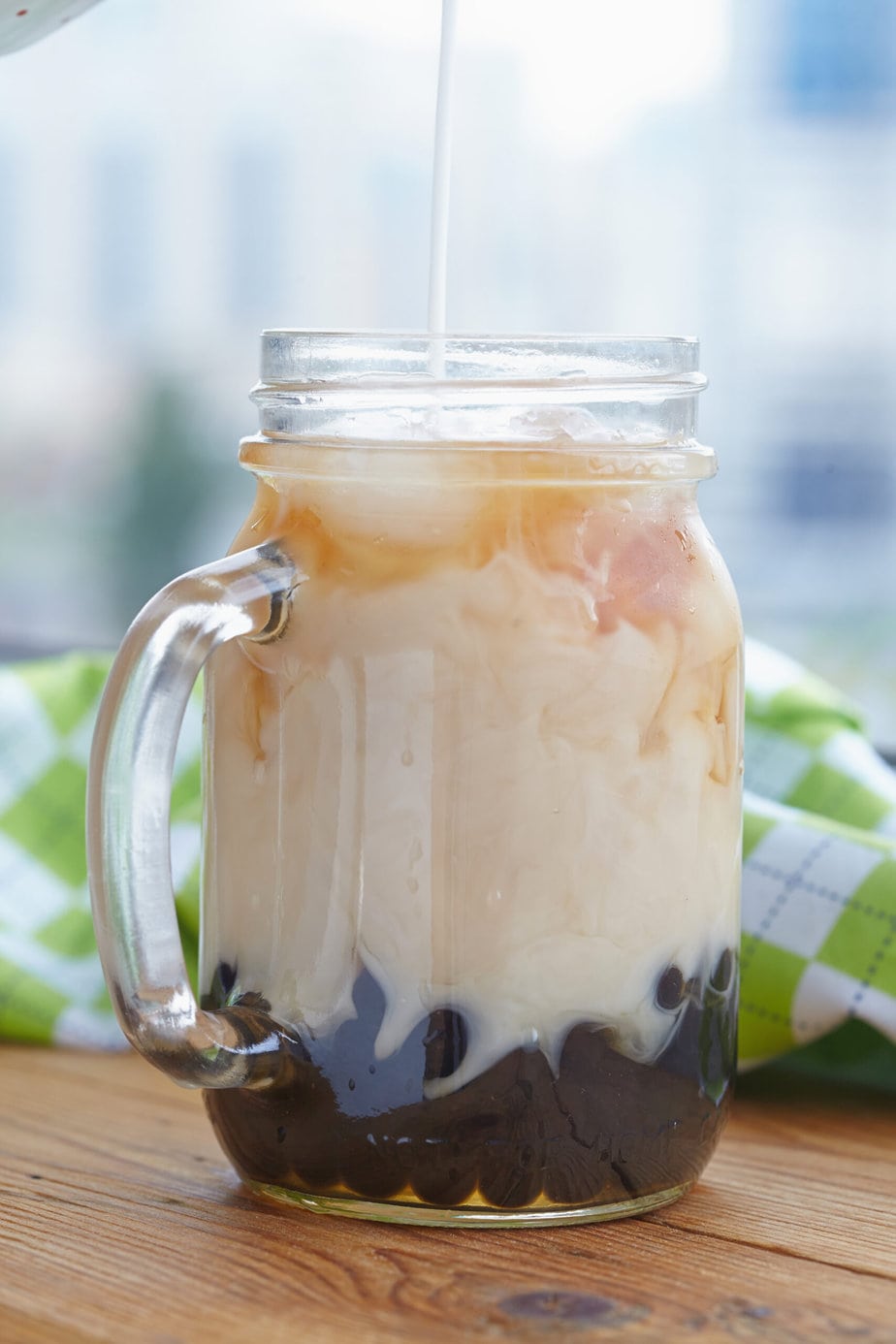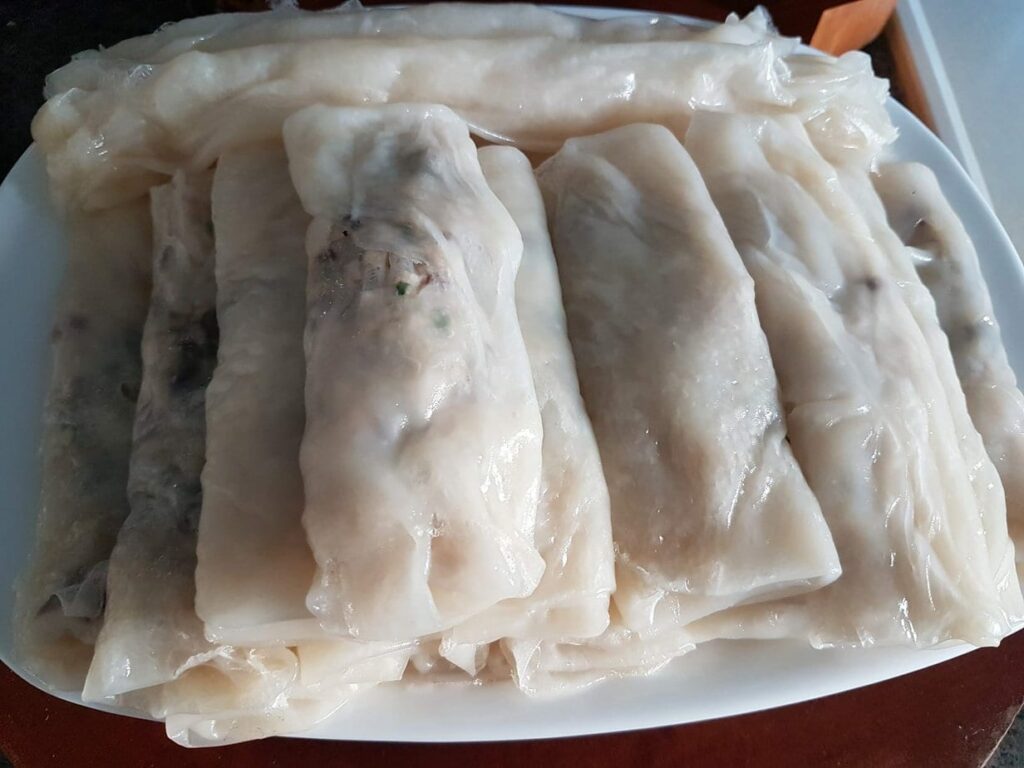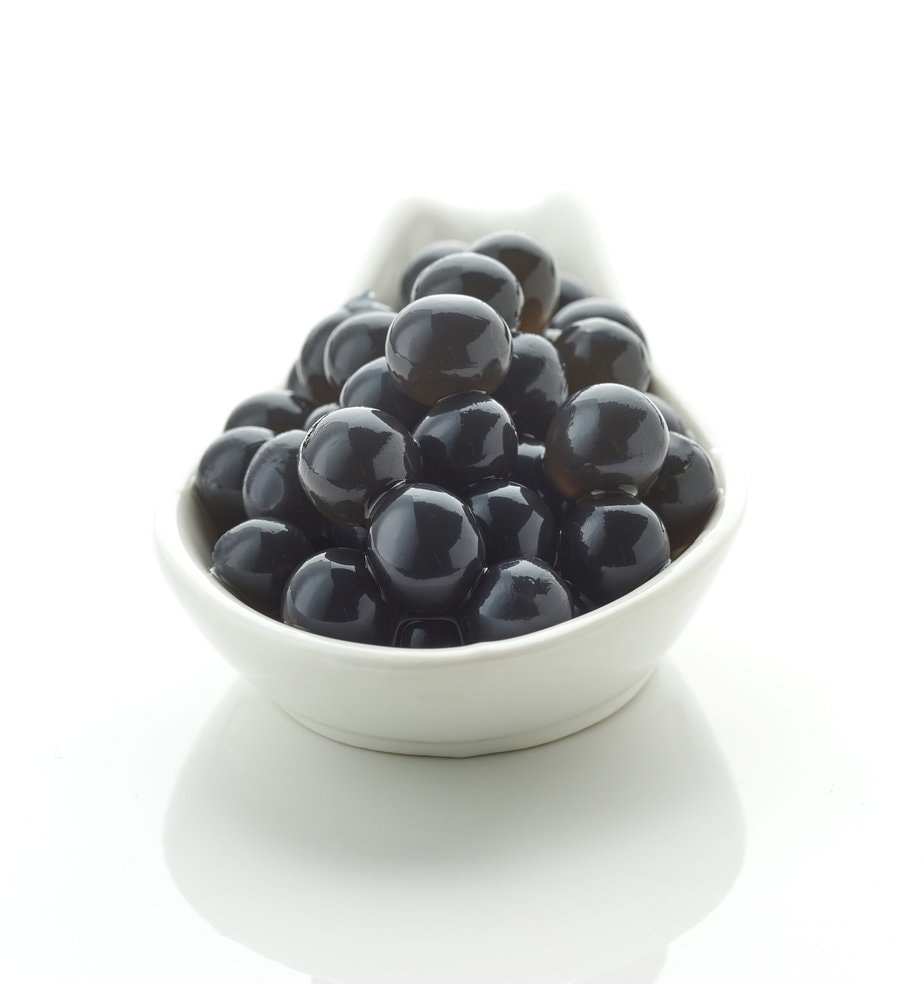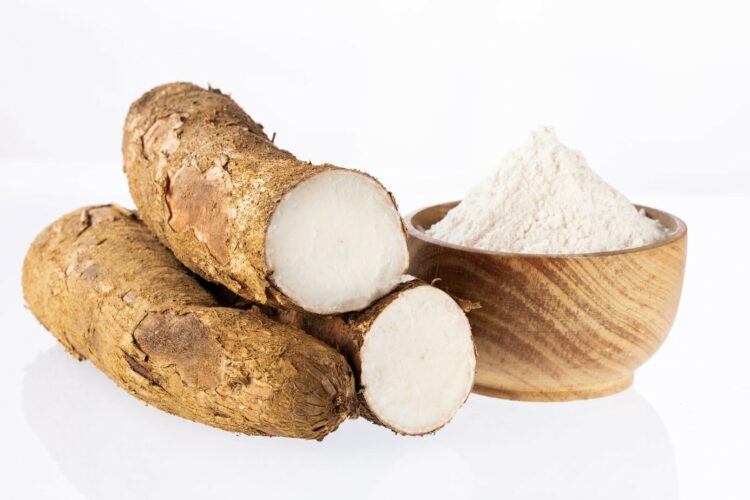You may know tapioca from classic puddings, but this gluten-free starch, extracted from the cassava root, also works as a thickener in both sweet and savory dishes.
Native to Brazil, the cassava plant, also called yucca, is now grown across South America and Africa, and tapioca made from it is enjoyed worldwide.
What is tapioca?
Tapioca has a neutral flavor and strong gelling power, making it an effective thickener for both sweet and savory foods.
Unlike cornstarch, tapioca survives freeze-thaw cycles without breaking down, so it is perfect for thickening ice cream.
The different forms of tapioca
You can buy tapioca starch as flour or instant flakes; it starts out opaque but turns translucent once hydrated.
Tapioca pearls and powders are usually white or off-white, though the pearls can be tinted almost any color for desserts. Pearls come in various sizes; the large sweet pearls dyed black for bubble tea are known as boba.

Uses of tapioca
Traditional dishes featuring tapioca include pudding, bubble tea (boba), and assorted candies and desserts. For both pudding and boba tea, pearl tapioca cooks into small chewy beads.

Tapioca also adds body to soups and sauces; it thickens better and often costs less than flour and many other agents.
You can mix tapioca into ground meats, such as hamburger, as a binder and stabilizer. Because it traps moisture in a gel, bakers add it to pastries to keep crusts from getting soggy during storage.
Its moisture-retaining, texture-lightening qualities make tapioca a staple in many gluten-free products.

How to cook with tapioca
Soak tapioca pearls for up to 12 hours, then boil them until they become gel-like. Granular quick-cooking or instant tapioca can be stirred directly into soups, sauces, jams, jellies, pie fillings, and other creamy mixtures to thicken them.
Tapioca flour can stand in for other flours and can replace cornstarch at a 1:1 ratio.
What does tapioca taste like?
Tapioca is nearly flavorless on its own, but when sweetened and added to desserts like pudding it provides texture and body. This neutrality is also an advantage in savory cooking because it thickens soups and sauces without altering their taste.
Tapioca substitutes
Arrowroot and potato starch are good substitutes for tapioca; they share many traits, including being gluten-free.
In a pinch you can use wheat flour to thicken a sauce, but it will add gluten. Cornstarch also works in some cases, especially in dairy-based sauces.
Where to buy tapioca
Tapioca is most often sold as pearls ranging from 1 to 8 millimeters in diameter. Smaller pearls usually go into puddings, while larger ones are used in bubble tea. It is also available as flakes and powder for thickening gravies, soups, and sauces.
You will find tapioca pearls in the baking aisle of most large supermarkets. Flakes and powders are more common in health-food or natural-food stores. For boba, the oversized pearls, you may need to shop online.
Storage
Because tapioca starch is dry, it keeps indefinitely if stored in an airtight container away from heat, moisture, and insects. Do not refrigerate or freeze any form of tapioca.

